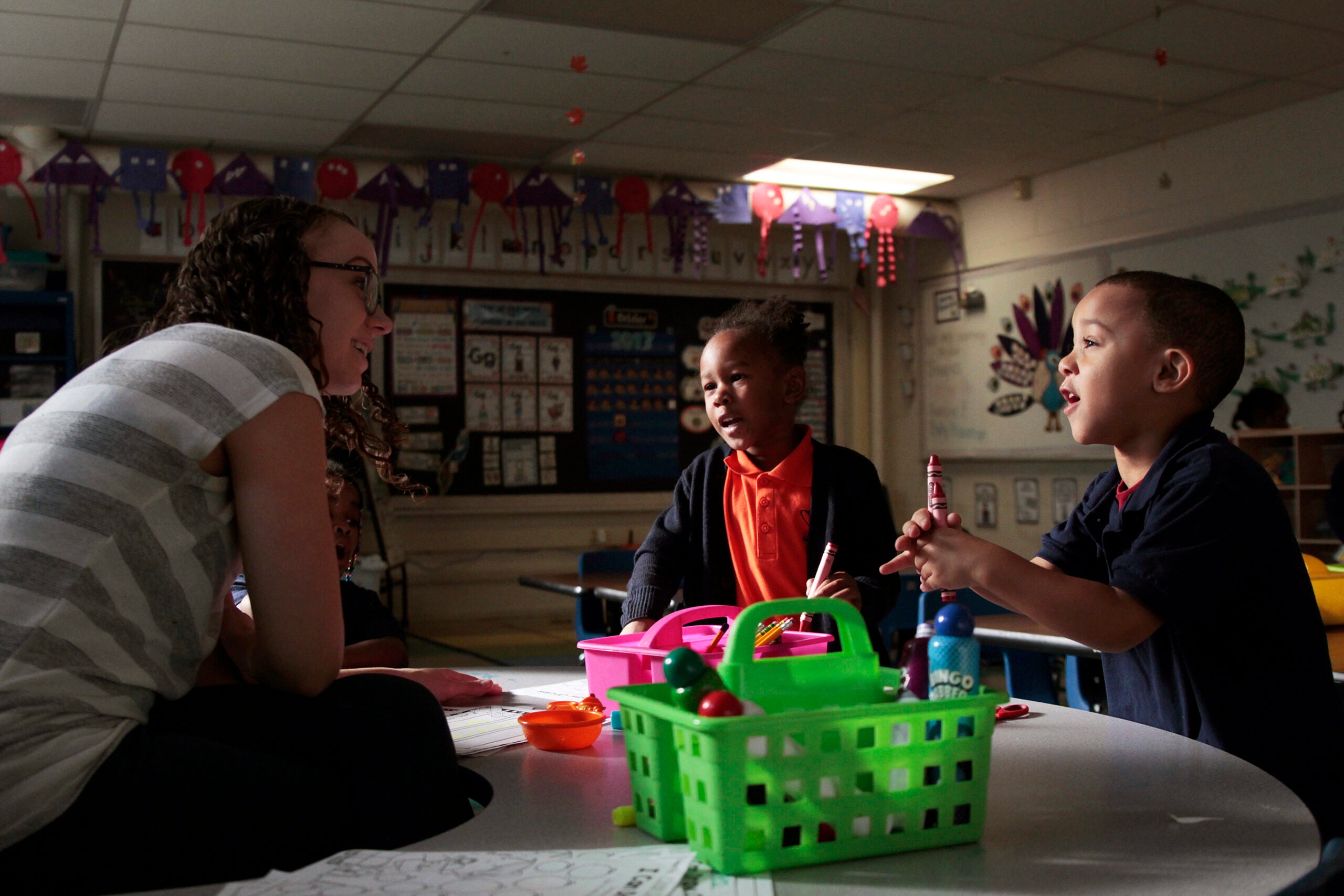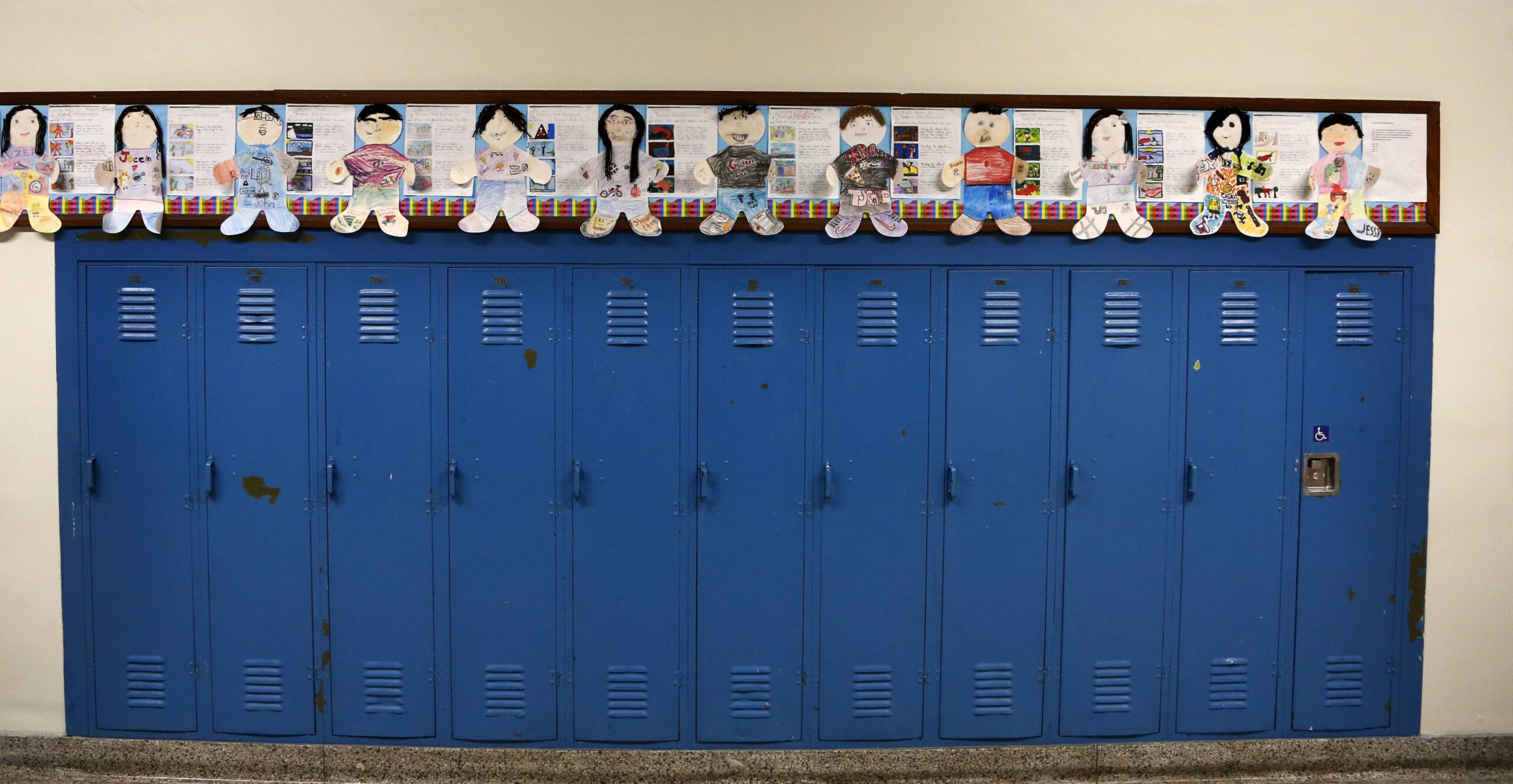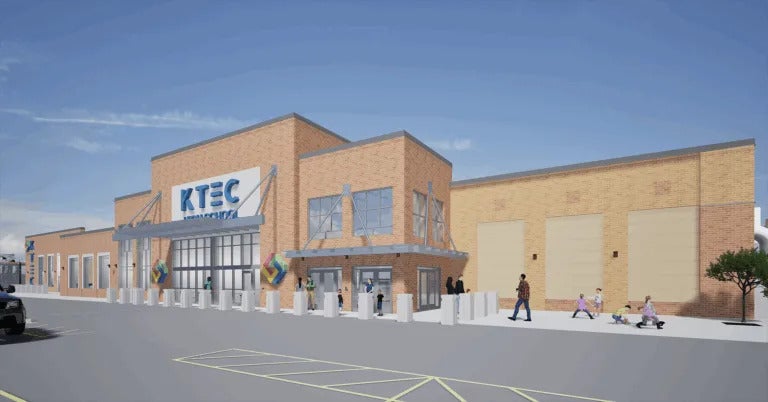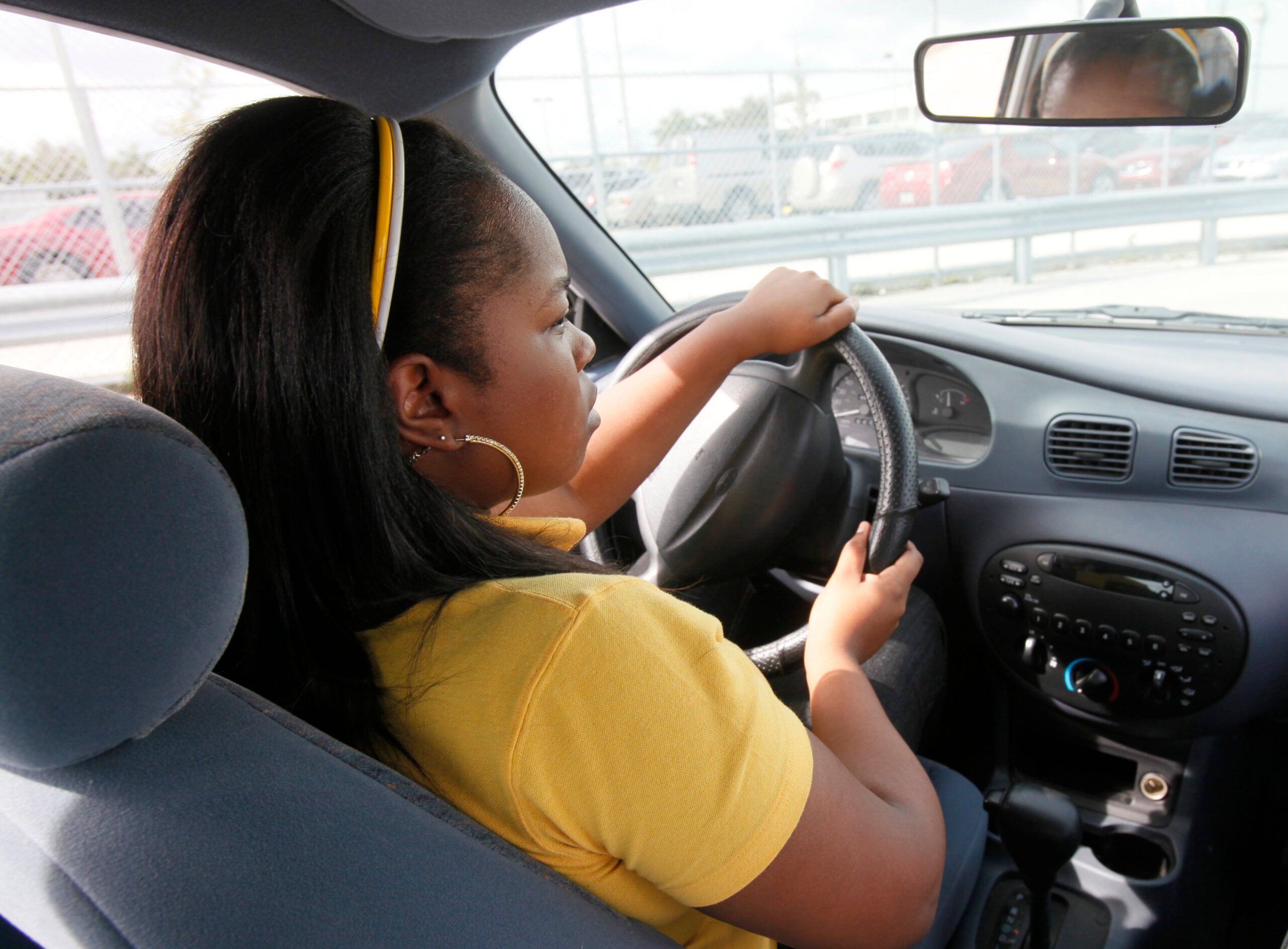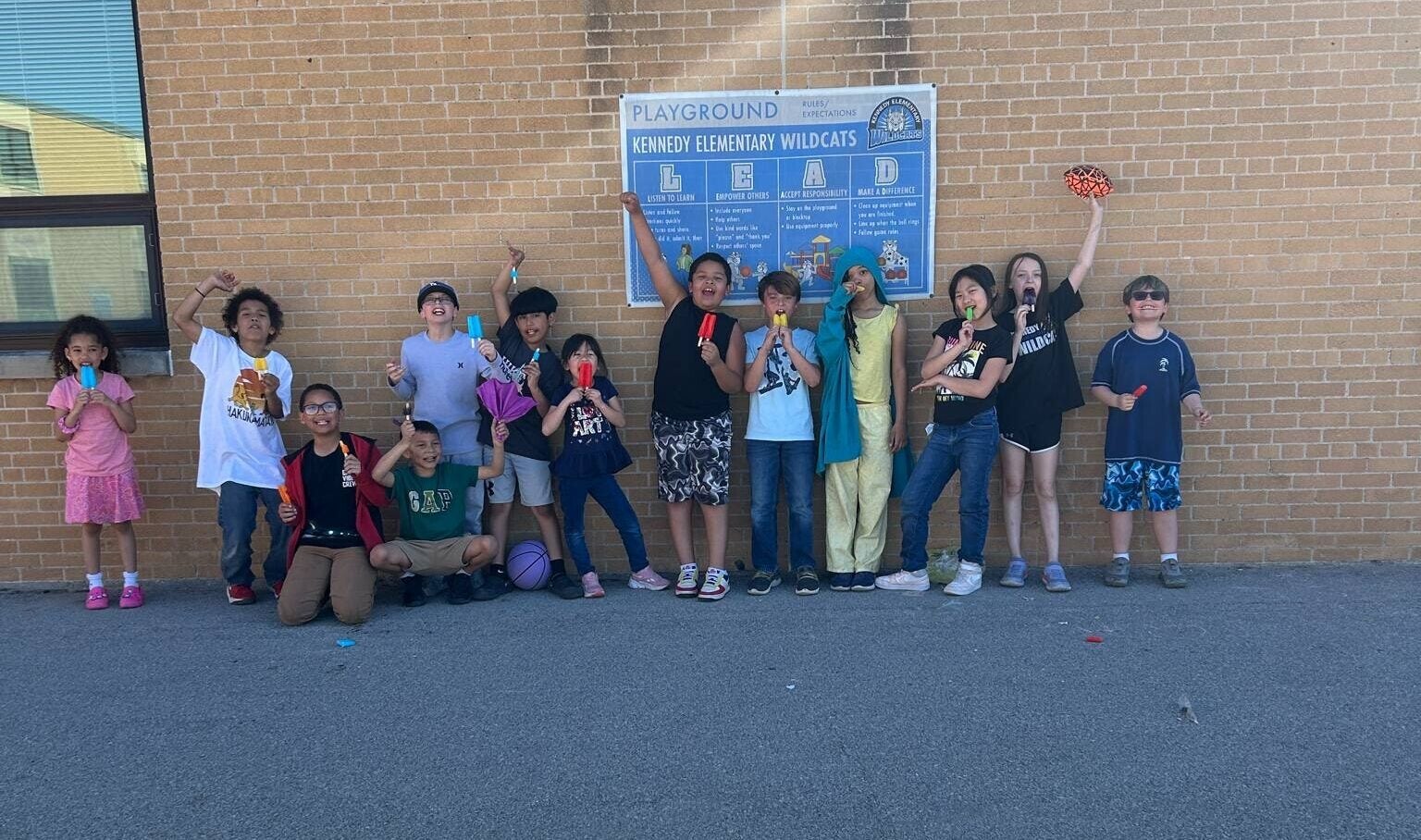The head of a Wisconsin nonprofit supporting charter schools expects $58 million in new federal funding to help many starting or expanding charters buy classroom materials and find opportunities for job training.
Sarah Hackett, director of the Wisconsin Resource Center for Charter Schools, recently appeared on Wisconsin Public Radio’s “The Morning Show” to discuss how the additional federal aid could be put into action. She said the money could support groups that authorize and oversee charter schools by creating more partnerships with national organizations.
Statewide, 239 charter schools enrolled about 50,000 students last school year, according to the state Department of Public Instruction. The new federal funding is the seventh grant received by Wisconsin for charter school development.
News with a little more humanity
WPR’s “Wisconsin Today” newsletter keeps you connected to the state you love without feeling overwhelmed. No paywall. No agenda. No corporate filter.
On “The Morning Show,” Hackett also discussed where charters are appearing in Wisconsin, why communities should consider charters and how charters compare to other public schools.
The following was edited for brevity and clarity.
Kate Archer Kent: How will the new $58 million in federal funding be used?
Sarah Hackett: A priority of the federal government in giving the funds to Wisconsin was to ensure that we were focusing on authorizing quality. So, that means the school districts, universities and other entities that oversee the charter schools now will have access to increased support for the work that they do. That ensures that they’re only authorizing schools that are up to caliber.
What that’s going to look like is creating more partnerships with national organizations who are experts in charter school authorizing and then creating some templates, resources, networks, one-on-one support and all sorts of different ways to ensure that the authorizers are looking at not only academics but also the operational (and financial) performance of the school … We’re also developing some really robust supports for doing community needs assessment so that the school is only created if it truly is going to fill a need and fill it really well.
But the majority of the $58 million goes directly to charter schools. So, it will either go to charter schools who are replicating or expanding their existing school. The last time around, the majority of the applicants were schools who were going into their first year, either with a planning year or opening right up in their first year. (Funds will) support them with professional development, purchasing innovative materials and helping create that change in the public school space.
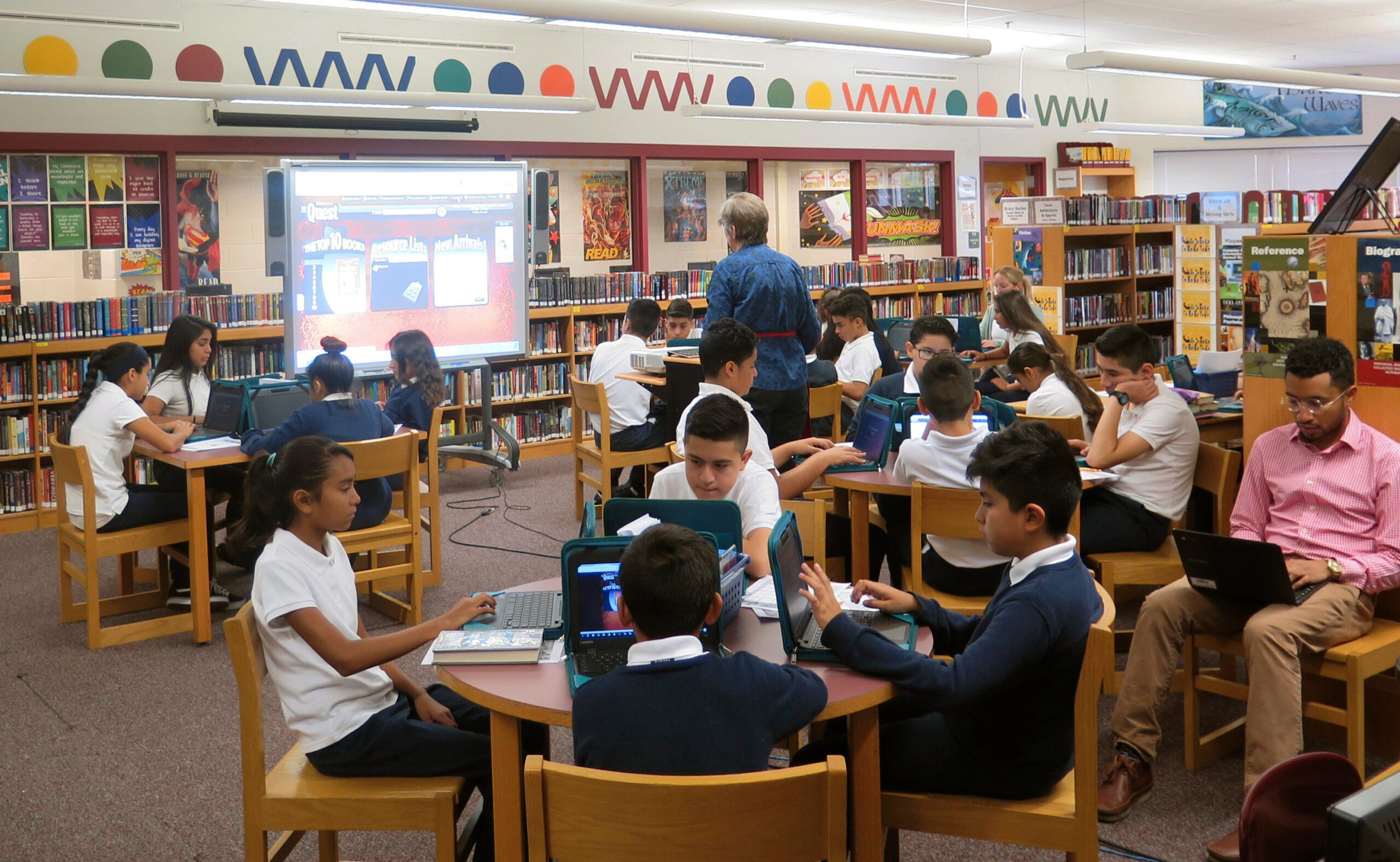
KAK: Are we in a growth period for charter schools in Wisconsin?
SH: We are coming up on a growth period. I would say we’ve had some enrollment growth over the last few years, and there were 75 grants awarded to about 50 new schools and then some expansions. There are new schools starting, and there are more students enrolling.
We’re coming up on this new grant. So, I anticipate increases in enrollment, number of schools and schools expanding during the grant, because if you go back through our history, it comes in waves. When Wisconsin has the federal grant, there tends to be some growth and then it plateaus for a while and then there’s another federal grant. So, this is an opportunity to add more seats, to add more schools and support existing schools as well.
KAK: Are charter schools mostly in urban areas?
SH: I would say that in our history, there are a lot more charter schools in the Milwaukee area. But now that has really expanded all across the state over the last decade or two.
What’s so exciting is that they are all different kinds of schools. So, that really opens up access for students everywhere in the state to be able to attend schools of all different sorts: virtual, brick and mortar, different academic models. Most are authorized by those local school districts throughout the state. But we also have a few of the independently authorized charter schools scattered around the state, as well.
KAK: Why would school districts or organizations want to create a charter school?
SH: One of the biggest reasons that we come across is to have an innovative option in the community and in the public school setting for students, staff and families who are looking for something different. So, it allows students to stay in their community and to experience learning in a different way while still meeting the same accountability measures and having access to all the same public school resources. But just the learning environment can look different.
That’s really important in our smaller communities and our rural areas of the state — that there is some element of choice because not all students learn the same. … Then also in our urban areas, where we do see other private schools, an increase in homeschooling and an increase in open enrollment, this is a way to pull students and keep students in the public school sphere while offering that choice.
KAK: A recent Stanford University study found charter school students nationwide are doing better in math and reading than students at other public schools. It also found charter schools helped close gaps between students of color and white students. Are we seeing this happen in Wisconsin?
SH: When I look at Wisconsin data, I would say that there is not a ton that is going to make you say, “Aha.” It’s all like, “Oh, a little bit higher here, a little bit lower there,” but nothing that is going to push either way off the map in either direction. So, where the real value of the charter schools comes in is that intentionality of design. They can really set up a model that’s going to work locally for a certain set of students.
Sometimes students might still be testing similarly or having similar attendance or behavior that they could have had mirrored in the traditional school. But they actually are coming out ahead. They’re coming out with more confidence. They’re coming out with other skills. They’re coming out with better mental health. There are other measures that our schools look at and aim toward when doing these designs.
So, I would say they’re not doing significantly worse. But also, I can’t confidently tell you that they’re doing significantly better as a whole.
Wisconsin Public Radio, © Copyright 2025, Board of Regents of the University of Wisconsin System and Wisconsin Educational Communications Board.

